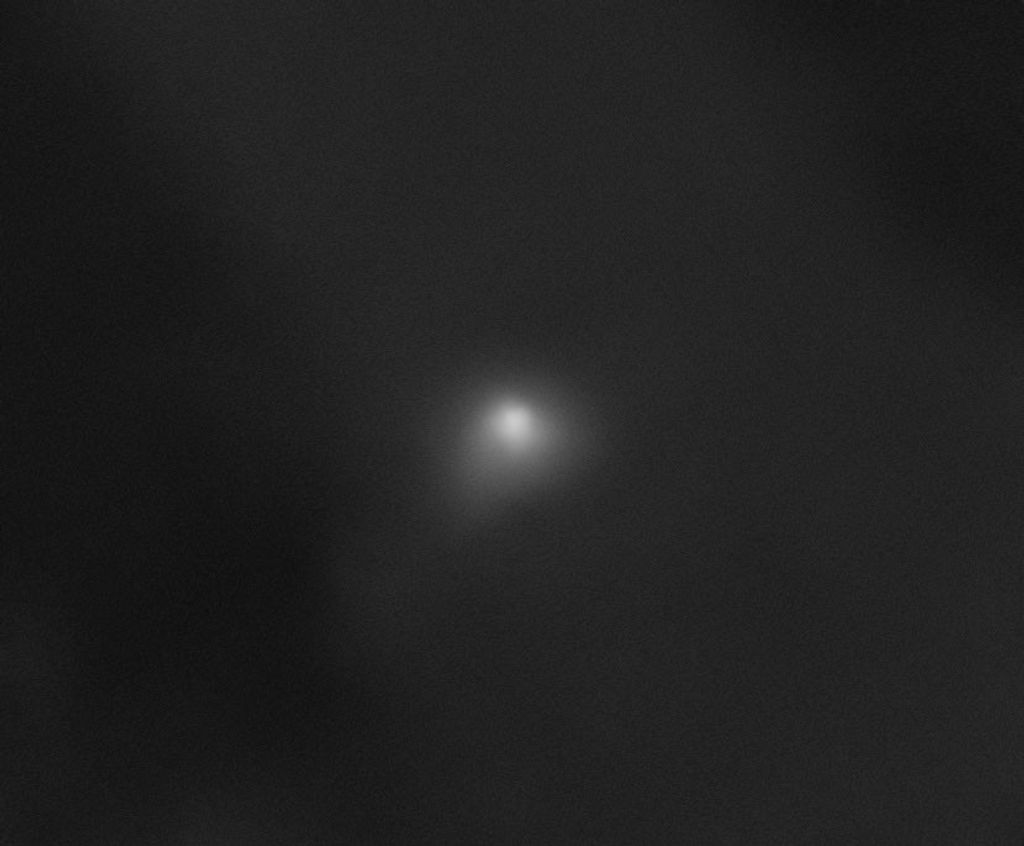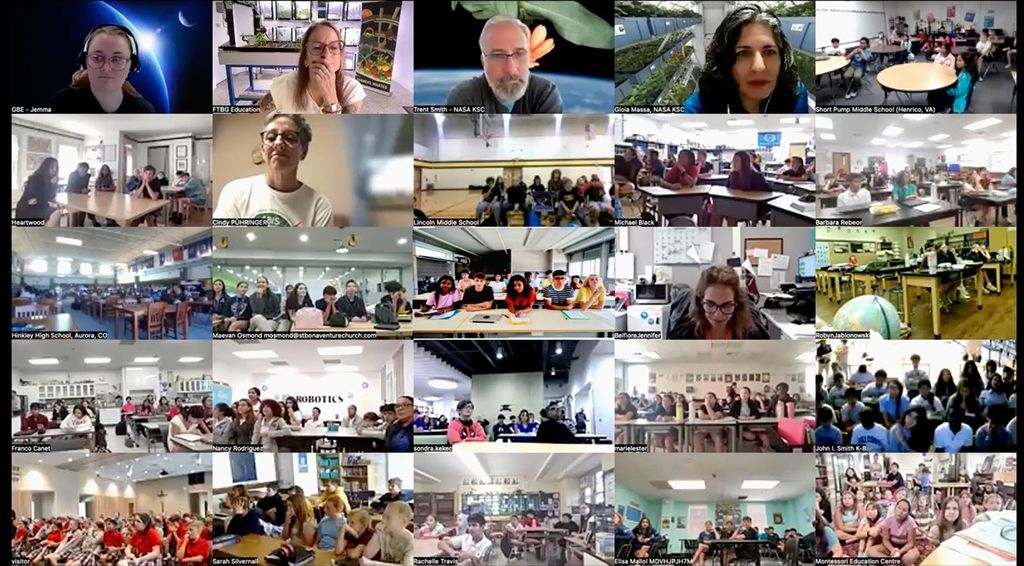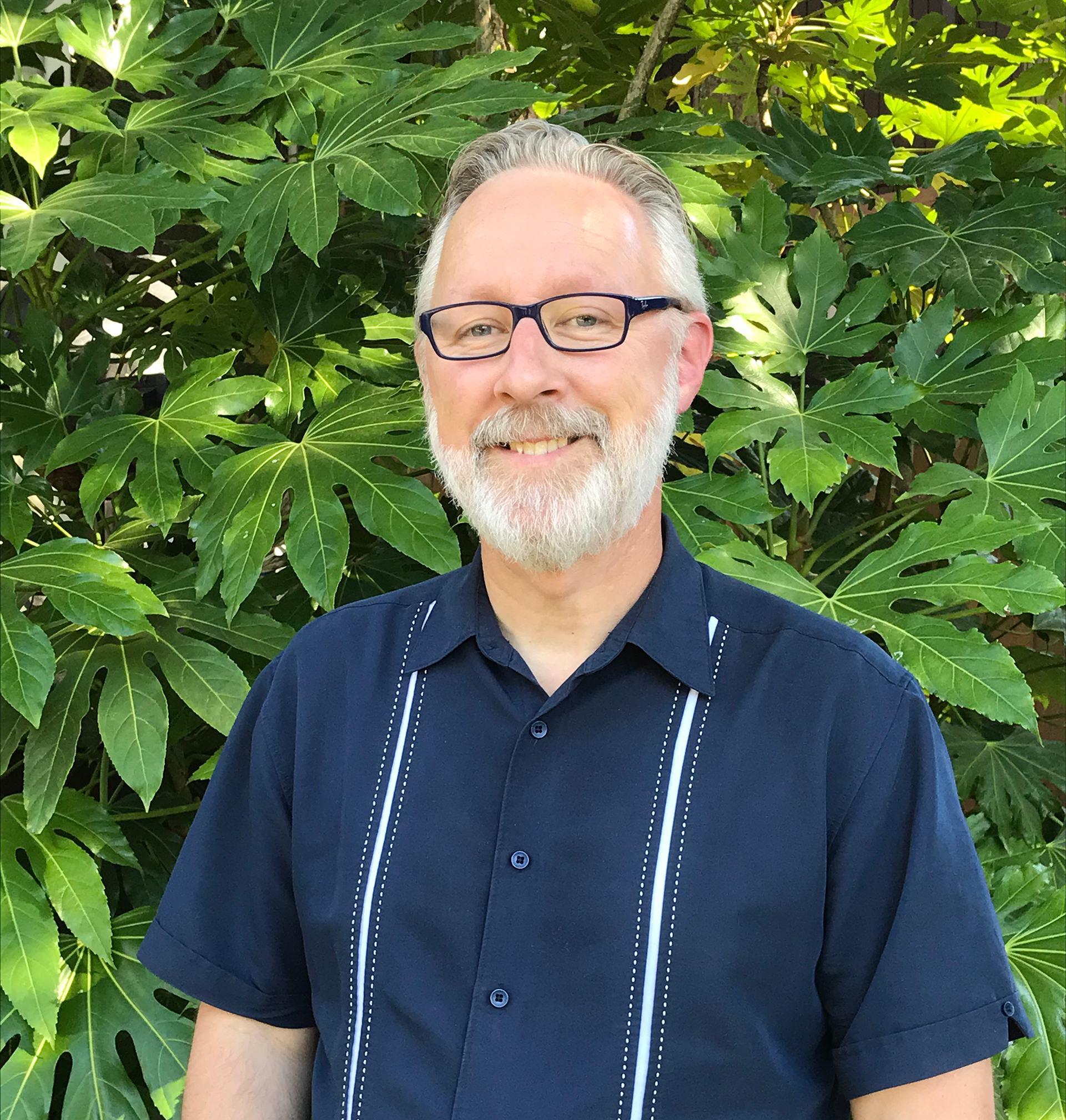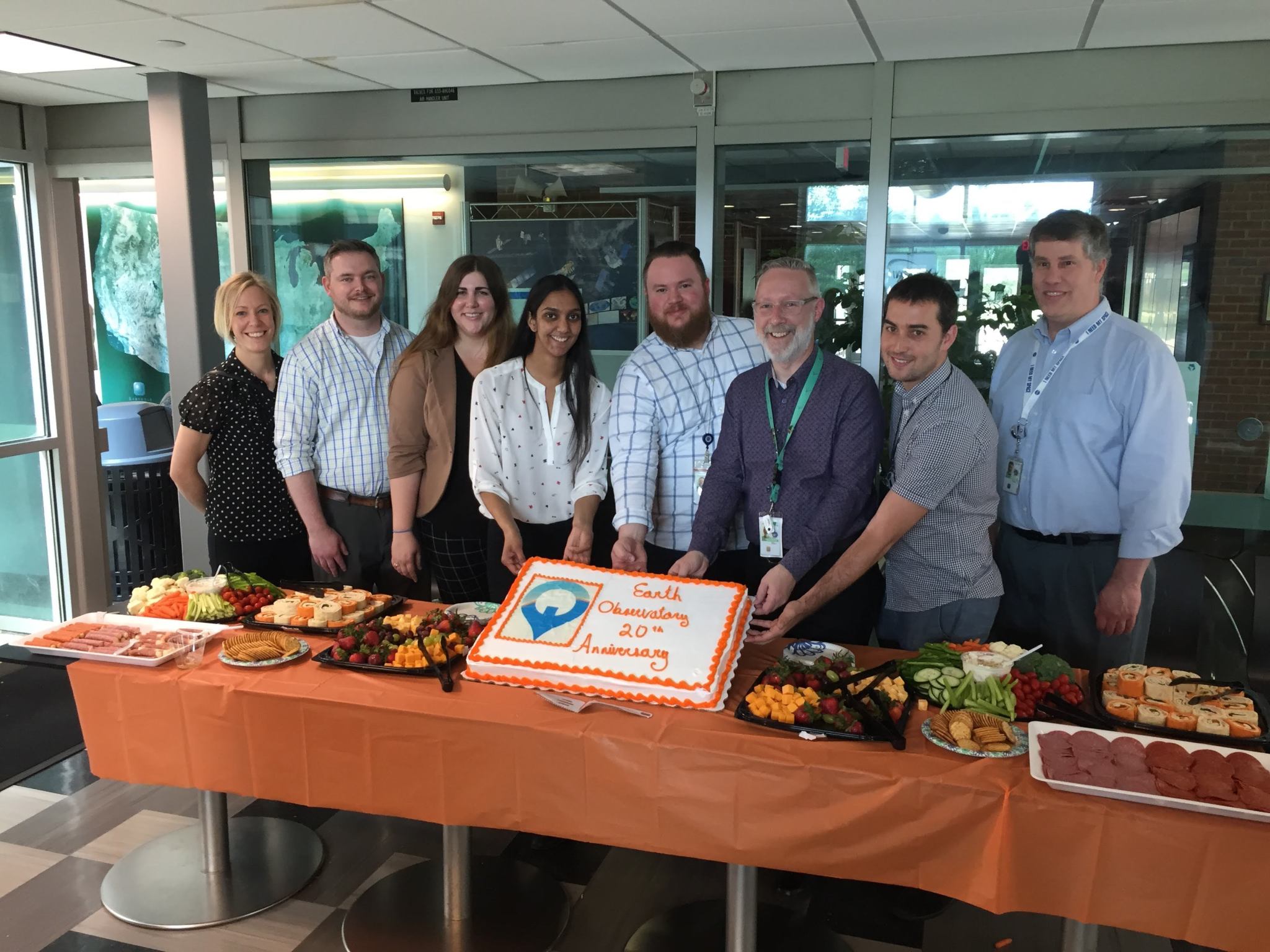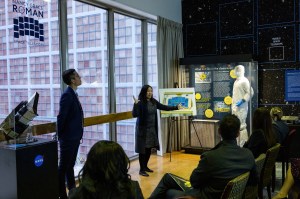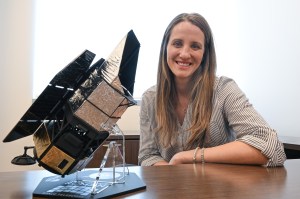What is your role at NASA?
My role is to create and maintain an environment where the respective communication teams are able to function as communicators of NASA Earth Science research and results. We focus on communicating how NASA uses remote sensing satellites, airborne, and in situ data to look at our planet, learn how the Earth system works, and we do so in a timely manner.
At the Earth Observatory (EO), we identify stories that communicate the breadth of NASA Earth science research, from understanding our long-term climate and environment to timely natural events and beautiful imagery. I facilitate our teams to make those communications happen and distribute them for everyone to see and read. We not only have EO, but also NASA Earth Observations (NEO) imagery that provides a global resource for communications.
More recently I have also been working in knowledge management with the Earth Observatory Natural Event Tracker (EONET) and the Earth Science Communications Content Registry that logs all of the communications assets in Earth science at NASA. We have an abundance of knowledge being generated rapidly at NASA and our goal is to match everything together to snapshot what we do from a higher-level view.
Another role that has come through age or being around for a while is the ability to contribute based on experience and helping guide new staff that come through our community.
How long have you worked here?
About 21 years total.
What is your background and why did you choose to work at NASA?
My educational background is in library and information science. I was the director of publications at the Graduate School of Library and Information Science at the University of Illinois.
At the ripe age of 23 I was already tired of my first career and was really into using the internet as a way of publishing content in the ’90s. I ended up in grad school at the University of Illinois, finished, and started looking for opportunities to leave Illinois. I saw a position as a digital librarian at NASA Goddard, applied for it, and the rest is history.
What inspired you to become a library information scientist and how does that translate to your job now?
I was always into books and cataloging books and how books were classified.
When desktop computing became more of a thing, I was into how information can be organized on computers, how digital cataloging worked and leveraging computing to analyze content. I pursued reading and studying independently before I finally decided to apply to grad school.
Ironically, I never ended up taking an actual cataloging class in grad school because I got wrapped up in learning the new technology of the time – digital libraries.
My grad school experience drives how I think about things now. I think about information differently and how it can be leveraged broadly.
What does a day on the job look like?
I am constantly keeping aware of relevant activities, what the team is engaged with, and projects that have potential intersections with my own projects.
I am also a personnel manager and a team leader for multiple projects so overall staff management and being a contract lead is something I am focused on.
I also do technical work by priority such as data processing for NASA Earth Observations (NEO).
I have become a master of re-prioritization, which is crucial to having multiple busy projects all being orchestrated at once.
What is your favorite part of your job?
Well, it is multi-faceted. I love working for NASA. I continue to be interested in my work after all these years and I have constructed a team that is able to execute a lot of different projects. I take pride in the autonomous projects I am able to facilitate.
I enjoy the technical possibilities and the entrepreneurial opportunities. It is really fun to build projects from the ground up and NASA is really supportive of this. I love to explore a lot of different things and I have the freedom to do that.
What is your proudest accomplishment?
Our teams – we are really strong. I am also proud that I was able to pull this stuff together and make it happen and keep everyone employed. I see it as a huge responsibility to make sure we stay employed and funded.
I am also proud that I have been able to do this job remotely. Sometimes it is a challenge and I am proud that I can be at home with my family and be a good husband and dad while accomplishing all we do at work.
Who or what has shaped you personally and professionally over all of these years?
I have worked with many extraordinary people in my professional career who, each in their own way, have taught me something that has enabled me to grow. Those individual experiences have shaped who I am professionally and how I go about my work.
What advice would you give a recent graduate seeking a career with NASA?
I am in a supporting role at NASA. We aren’t conducting science or building rockets, or the other core NASA disciplines but, in that regard, there is plenty of room to experiment and try things. Stay open-minded and aware of all of the possibilities for your career as you learn the ropes of your first opportunity.
There is a lot to be learned from the people already at NASA so when you go in be ready to listen and learn. Do not go in thinking you are going to rule the roost from day one
If you could go anywhere in the world, where would it be?
I would go walk Hadrian’s Wall in the United Kingdom.
What are your favorite Earth Observatory stories?
A notable moment of pride was when the EO produced the first black marble visualizations.
Also, our coverage of Hurricane Katrina. Back when imagery wasn’t so browsable, EO really found a niche for covering natural disaster events. We were able to cover several events where we were leading the imagery coverage.
My favorite EO stories were the ones where I felt like we were making a difference. We are able to turn around a story quickly and accurately with solid science for the public.
What do you like to do outside of work?
I love to walk and hike around. I like doing long distance walking and playing a lot of open world video games by myself and with my son.
I also love genealogy not only for the personal ties but also for the information management aspect and linking bits of information to each other. I like investigating where the pieces fit in my family tree.
I also like computer programming, but I don’t really dedicate enough free time to it. Spending time with my family overrides learning to code in my free time.
By Andi Brinn Thomas
NASA’s Goddard Space Flight Center, Greenbelt, Md.














